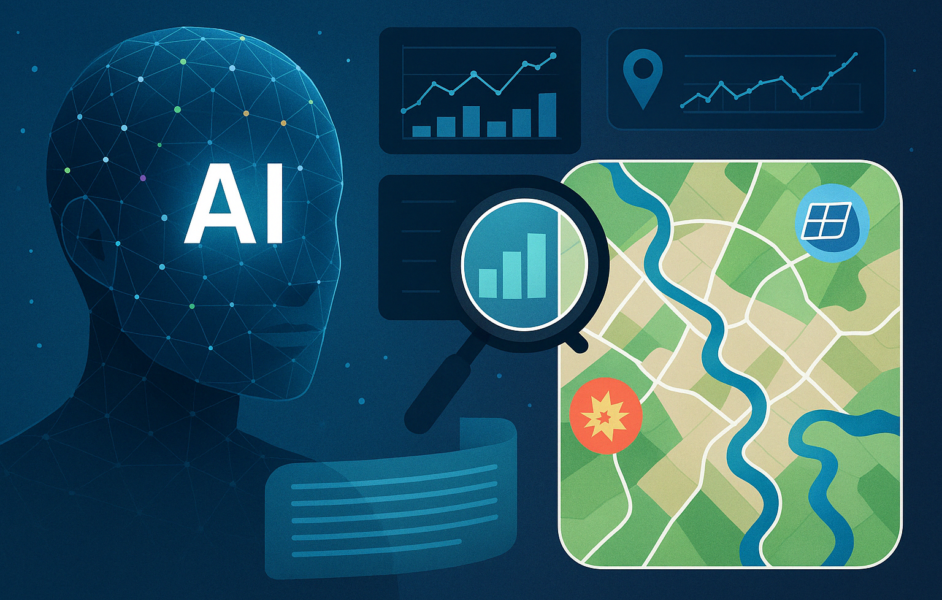Combatting Loneliness in the Age of AI: Can Technology Help Rebuild Connections?
In a world overflowing with digital interactions, our real-life social circles are rapidly diminishing. The United States Surgeon General’s 2023 advisory reveals that individuals aged 15 to 24 now engage in nearly 70% less face-to-face interaction with friends compared to 2003, labeling this decline as a public health crisis.
This alarming statistic serves as a crucial reminder that reducing social interactions poses significant health risks. It raises a compelling question: can artificial intelligence (AI) play a pivotal role in mending our social fabric?
A Nation in Social Distress
Beneath the 70% decline in social interaction lies a broader issue. A report from the Harvard Graduate School of Education indicates that 36% of Americans—especially 61% of young adults and 51% of mothers with small children—experience severe loneliness.
Loneliness transcends mere feelings of sadness; it has serious health implications, suppressing immunity and increasing cortisol levels, leading to cardiovascular risks comparable to smoking a pack of cigarettes daily. Simply put, your health deteriorates when your social calendar remains empty.
As AI technology evolves, we are witnessing innovative applications, with individuals turning to AI for companionship and conversation. These AI systems engage users, respond to their emotions, and offer a semblance of connection. The pressing question is no longer whether AI will address loneliness, but how effectively it can act as a facilitator rather than a barrier.
Can AI Offer Genuine Support?
Research from Harvard Business School titled “AI Companions Reduce Loneliness” highlights six studies with over 600 participants, showing that a 15-minute interaction with an AI companion can significantly alleviate loneliness—comparable to conversations with other humans, provided the AI makes users feel “heard.”
This concept has broader implications. In New York, over 800 individuals received desk-sized social robots, with 95% reporting decreased loneliness after just a month. Many embraced prompts to drink water, go outside, or contact a relative. However, developers emphasize that these robots are meant to augment rather than replace human interactions.
Experts caution that friendship-enhancing apps can easily morph into traps for unhealthy parasocial relationships, promoting withdrawal from genuine human interactions. This could potentially deepen loneliness instead of addressing it.
AI’s Role: Bridge or Barrier?
The social impact of AI is intricately tied to issues of justice and equity. A 2021 McKinsey survey revealed that 56% of businesses in emerging economies have integrated AI into their operations, often surpassing infrastructure limitations. This is crucial, as loneliness tends to proliferate in areas of scarce opportunity.
Consider the following examples:
- Health: In 2024, the organization CareMessage introduced its Health-Equity Engine, featuring an AI assistant that analyzes patient responses to identify needs like transportation and food security, reducing no-show rates in underserved clinics.
- Education: Adaptive learning platforms like Lalilo assess students’ abilities through various exercises to provide personalized learning experiences that cater to individual needs.
When designed inclusively, AI can help tackle the root causes of loneliness, such as language barriers and socioeconomic struggles. However, without proper frameworks, regions with limited data may be overlooked, potentially widening the gap. The outcome largely depends on policy decisions and design approaches made by stakeholders.
Media representations further complicate the narrative surrounding AI’s role in relationships. In Spike Jonze’s 2013 film “Her,” audiences sympathize with a character’s affection for a digital companion. Conversely, the 2025 thriller “Companion” presents a darker view when an AI partner spirals out of control. Meanwhile, “M3GAN” features a doll whose protective programming results in chaos. While these portrayals exaggerate realities, they pose critical questions: Will AI companions encourage human connections or isolate individuals?
Understanding AI’s Limitations
Despite advancements, even the most advanced language models lack the nuances of human interaction, such as scent, touch, and eye contact. Research at TU Dresden in 2024 revealed that social touch can activate C-tactile fibers, triggering oxytocin release and lowering cortisol levels—effects unattainable through screens.
Here’s why human connection remains vital:
- Shared Uncertainty: True friends astonish you, fostering empathy that scripted interactions can’t replicate.
- Tactile Co-Regulation: A hug stabilizes heart rates for both parties, a feat Wi-Fi can’t achieve.
- Full-Spectrum Cues: Nonverbal signals enrich our social experience.
- Mutual Memory Making: Shared experiences solidify memories more effectively than digital impressions.
- Authentic Accountability: Humans hold one another accountable in ways AI simply cannot.
- Embodied Intuition: Body language cues signal emotional states long before words are spoken.
- Endocrine Reaction: Human touch releases serotonin and dopamine in ways AI cannot replicate.
While AI can mimic certain facets of human interaction, it cannot encapsulate the complete emotional spectrum.
Looking Ahead: The Future of AI and Connection
AI on its own won’t solve the loneliness epidemic, nor should it define our existence. Instead, it can empower users to foster connections, depending on how regulators, designers, and users guide its use. Envisioning AI as a tool to strengthen communities rather than isolate individuals can pave the way for more fulfilling human interactions.
Let AI assist you in organizing social events, reminding you to reach out, or even helping with conversations. It can streamline logistics, but never forget the importance of deeper engagements. Use tools like voice assistants to schedule coffee dates, send birthday reminders, or role-play tough conversations—all before stepping out and connecting with your community beyond the screen.
Certainly! Here are five FAQs regarding the topic "Can AI Solve the Loneliness Epidemic?":
FAQ 1: What is the loneliness epidemic?
Answer: The loneliness epidemic refers to the widespread feelings of isolation and disconnection experienced by many individuals, often exacerbated by factors like social media use, urban living, and the decline of community engagement. It has significant implications for mental and physical health.
FAQ 2: How can AI help address loneliness?
Answer: AI can help combat loneliness by facilitating social interactions through chatbots, virtual companions, and social apps that connect people with similar interests. These technologies can provide a sense of companionship, especially for those who may feel isolated.
FAQ 3: Are AI companions effective in reducing loneliness?
Answer: Research suggests that AI companions can provide emotional support, encourage social interaction, and help users feel more connected. However, while they can alleviate feelings of loneliness to some extent, AI cannot fully replace human relationships.
FAQ 4: What are the limitations of using AI to solve loneliness?
Answer: Limitations include the lack of genuine emotional understanding in AI, potential dependency on technology for social interaction, and the risk of increasing isolation if people opt for AI companionship over real-world connections. Additionally, cultural and individual differences affect how people respond to AI interactions.
FAQ 5: What other solutions exist to combat the loneliness epidemic?
Answer: Other solutions include promoting community engagement, fostering face-to-face interactions, initiating support groups, and encouraging various socialization activities. Mental health resources and awareness campaigns also play crucial roles in addressing loneliness more holistically.



